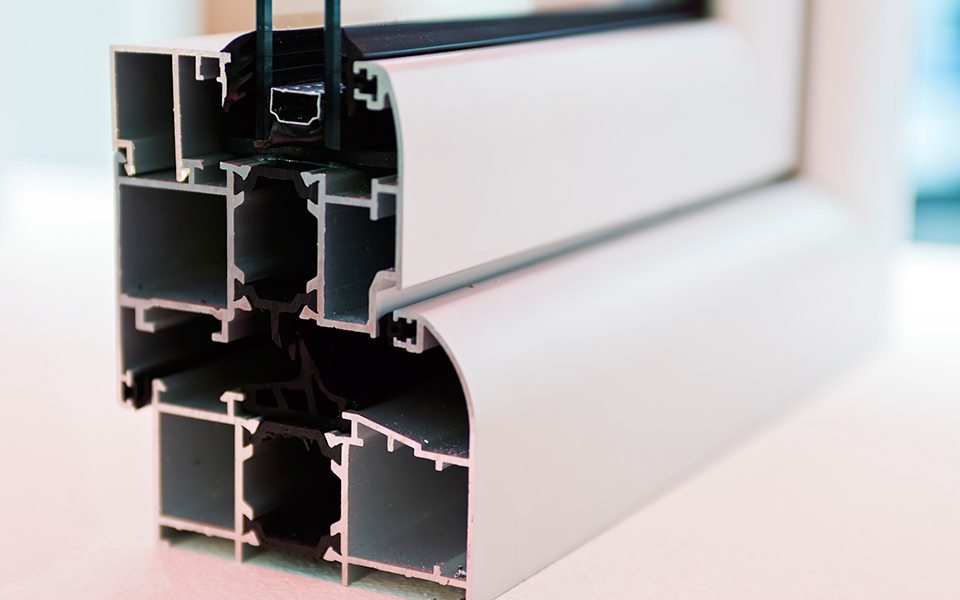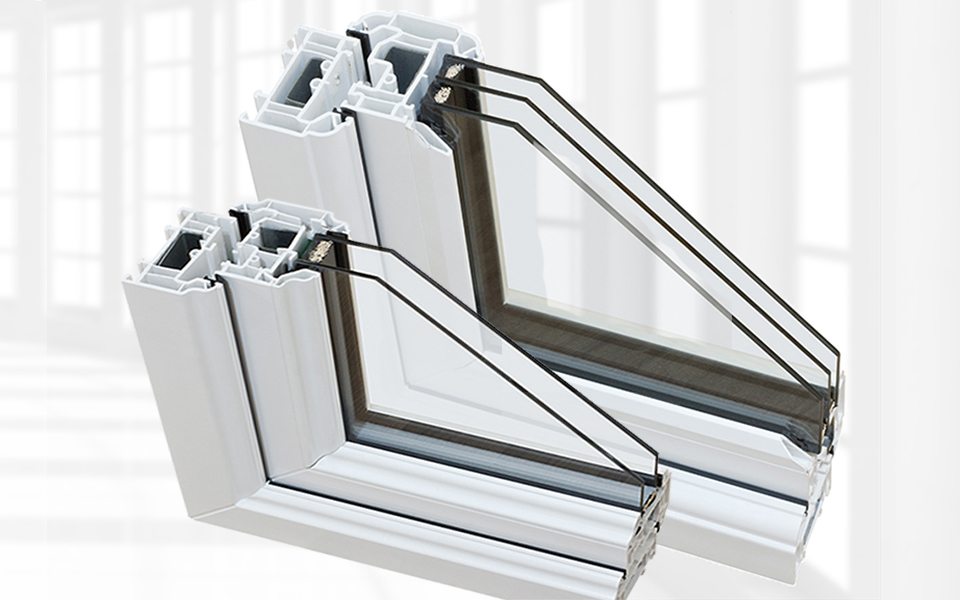Extrusion and Colours
uPVC profiles are received during extrusion of specially created mixture into the profile. uPVC profile can be extruded in numerous colours, but usually only main colours such as white, crème, olive brown and dark brown are created.
White and crème are used as they are. White colour usually has bigger amount of Titanium Dioxide that is used as stabilizer to protect profiles from colouring against UV. Use of Titanium Dioxide varies from profile to profile based on individual formula used by each manufacturer in regards to the regions where those profiles will be used.
Other colours are created using application of special laminating film that is specially glued on the profile surface. Laminating films come in different colours and textures, including wood grain finishes and beautiful textured looks. Lamination is possible on one or both sides of extruded colours of the profiles allowing more flexibility with colour choices. Use of different lamination colours on both sides is sometimes possible as well making and endless list of options for your colour choices.


